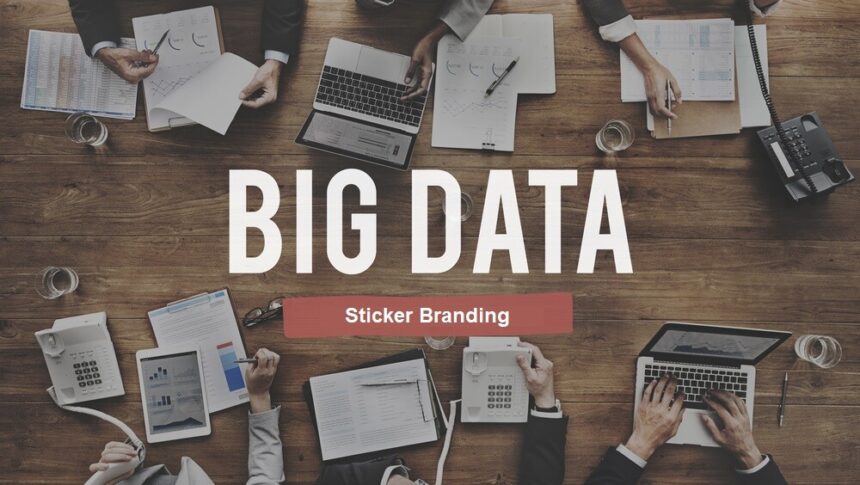We have noticed a trend in big data journalism. Topics that receive the most attention aren?t necessarily those that deserve it the most. This is especially applicable when it comes to articles covering the intersection between big data and marketing. There is a strong case to be made that big data is having a tremendous impact on sticker marketing and other forms of offline branding. Those topics rarely get sufficient attention. There have been some exceptions, such as this article from Big Data Made Simple on using data for retail personalization. However, those articles are the exception, so we decided to change things up today.
Big data plays a big role in offline branding strategies, such as sticker marketing
It is surprising how many of our colleagues seem to think that big data is only viable for online branding strategies. It is easy to see how this misconception originated. During the dawn of the digital marketing era, brands discovered that one of the primary benefits of online marketing over traditional marketing strategies was performance tracking. However, this does not mean that there aren?t ways to utilize big data for traditional branding strategies as well. Warby Parker of all companies has helped illustrate this. The company started off as an e-commerce startup on a college campus. Few people would have expected that Warby Parker would become a shining case study on the benefits of using big data to facilitate a brick-and-mortar branding strategy. But the founders did just that. They amassed large data sets on their customers through various online channels. They got a better understanding of the regions their customers lived, their income levels, primary demographic characteristics and general purchasing patterns. This enabled them to choose the perfect locations when they decided to open up stores through traditional retail channels. Although Warby Parker is one of the most sensational examples, there are plenty of other ways that companies are able to use big data for their traditional branding strategies. Even simple tactics can be optimized through predictive analytics, machine learning and other big data technologies. Sticker printing is a prime example. Here are some ways that smart brands can use big data to get the best ROI of their sticker marketing campaigns.
Creating the perfect aesthetics for their stickers
Perfecting the design elements of any visual creative is very important. You can get a sense of this by seeing how the Apple logo evolved over time. It takes a lot of research to figure out what designs your target customer base is looking for. Many organizations faced several challenges when they needed to improve their designs for logos, stickers or other visual creatives:
- They had difficulty collecting customer engagement data. Even when data was available through customer focus groups, it was rarely compiled in an organized fashion.
- It was difficult to segment data to make nuanced decisions across market groups. Although companies want to use are universal logo, they often tailor different marketing creatives to various customer groups. They might find that different colors and imagery appealed to men versus women or people living in the Northeast versus the West Coast.
- When data retention was more fragmented, it was difficult for branding executives to monitor it to make sensible observations.
Big data has addressed most of these issues. Companies can now evaluate customer engagement data with regards to various visual creatives. This helps them identify the best designs for us bumper stickers with their company?s core branding message. Brands can get this engagement data from a variety of sources. A lot of the data can come from monitoring customer interactions with the brand online. When they evaluate responses to visual creatives through online channels, these companies will have a better understanding of the types of designs they need to come up with for their offline marketing materials.
Choosing the best outlets to distribute stickers and other creatives
Developing the stickers that customers will respond to is only the first part of the campaign. Brands must also know how to distribute them. Although it is possible to sell company bumper stickers online, this poses a challenge, as few customers are actively searching for them. They need to also try distributing them through brick and mortar channels. The trick is finding which outlets are best. These companies can learn from Warby Parker. They can leverage data to choose the best locations to reach their customers and get them to buy the stickers.
Big Data is Crucial to the Success of Sticker Marketing Strategies
Sticker marketing is a great way for brands to get more exposure. Although the practice has exited for decades, it is still evolving. Big data has made sticker marketing more effective than ever.






